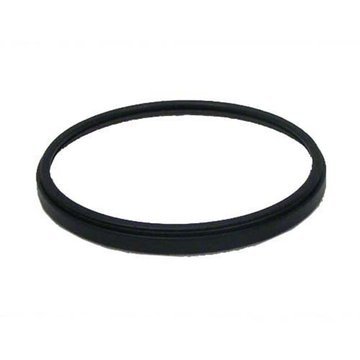- Images << Back to the previous page
-


-
With the influence from UV light. The outdoor photos look hazy. The UV filters are suitable for both black and color films under bright sunshine, which could be used to limit UV light and also as lens protector. The ultraviolet-blocking filter effectively reduces or eliminates photographic haze in areas where the atmospheric conditions contain a heavy concentration of dust particles, water droplets, and pollution. Filtering out ultraviolet light enables the capture of vivid colors and sharper detail.
Features
- With the influence from UV light
- The outdoor photos look hazy
- The UV filters are suitable for both black and color films under bright sunshine. which could be used to limit UV light and also as lens protector
- More protecting for your lens, guard your camera lens from dust, moisture, scratches and fingerprints
- Give you additional benefits of correction for Ultraviolet(UV) light which can register on film and videotape as a bluish cast and can obscure distant details
- Ultra Violet Lens Filter absorbs the ultraviolet rays which often makes photographs hazy and indistinct
- Absorption of ultraviolet rays without an increase in exposure provides a clearer image
- Multi-purpose, fine-weather filter for color as well as black and white films
- Protects your camera lens from dust, moisture, scratches and fingerprints
Specifications
- New, never used
- Made of metal (not plastic)
- Diameter: 77mm / 3.03"
- Color: Black
Package Includes
- 1 x 77mm UV Ultra-Violet Filter Lens Protector
Extra Info
What's the Camera Lens Filters:- Camera lens filters still have many uses in digital photography, and should be an important part of any photographer's camera bag. These can include polarizing filters to reduce glare and improve saturation, or simple UV / haze filters to provide extra protection for the front of your lens
- The most commonly used filters for digital photography include polarizing (linear / circular), UV / haze, neutral density, graduated neutral density and warming / cooling or color filters
- Example uses for each are listed below:
Filter Type Primary Use Common Subject Matter Linear & Circular Polarizers Reduce Glare Improve
SaturationSky / Water / Foliage in
Landscape PhotographyNeutral Density (ND) Extend Exposure Time Waterfalls, Rivers
under bright lightGraduated Neutral Density (GND) Control Strong Light Gradients
Reduce VignettingDramatically Lit Landscapes UV / Haze Improve Clarity with Film Provide
Lens ProtectionAny Warming / Cooling Change White Balance Landscapes, Underwater, Special Lighting
- Filters should only be used when necessary because they can also adversely affect the image. Since they effectively introduce an additional piece of glass between your camera's sensor and the subject, they have the potential to reduce image quality. This usually comes in the form of either a slight color tint, a reduction in local or overall image contrast, or ghosting and increased lens flare caused by light inadvertently reflecting off the inside of the filter
- Filters may also introduce physical vignetting (light fall-off or blackening at the edges of the image) if their opaque edge gets in the way of light entering the lens (right example). This was created by stacking a polarizing filter on top of a UV filter while also using a wide angle lens-causing the edges of the outermost filter to get in the way of the image. Stacking filters therefore has the potential to make all of the above problems much worse
- Lens filters generally come in two varieties: screw-on and front filters. Front filters are more flexible because they can be used on virtually any lens diameter, however these may also be more cumbersome to use since they may need to be held in front of the lens. On the other hand, filter holder kits are available that can improve this process. Screw-on filters can provide an air-tight seal when needed for protection, and cannot accidentally move relative to the lens during composure. The main disadvantage is that a given screw-on filter will only work with a specific lens size
- The size of a screw-on filter is expressed in terms of its diameter, which corresponds to the diameter usually listed on the top or front of your camera lens. This diameter is listed in millimeters and usually ranges from about 46 to 82 mm for digital SLR cameras. Step-up or step-down adapters can enable a given filter size to be used on a lens with a smaller or larger diameter, respectively. However, step-down filter adapters may introduce substantial vignetting (since the filter may block light at the edges of the lens), whereas step-up adapters mean that your filter is much larger (and potentially more cumbersome) than is required
- The height of the filter edges may also be important. Ultra-thin and other special filters are designed so that they can be used on wide angle lenses without vignetting. On the other hand, these may also be much more expensive and often do not have threads on the outside to accept another filter (or sometimes even the lens cap)